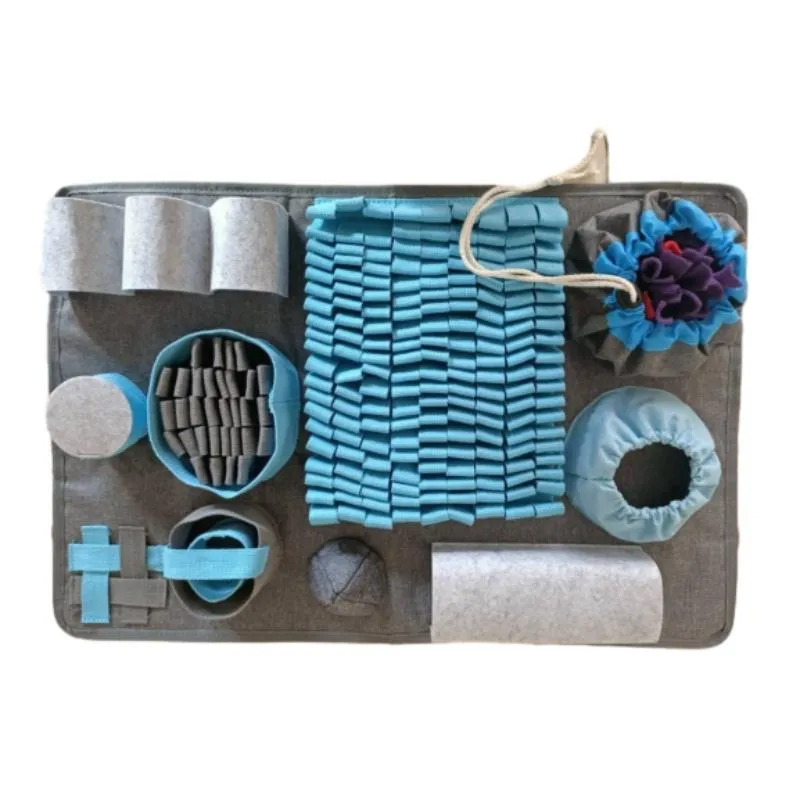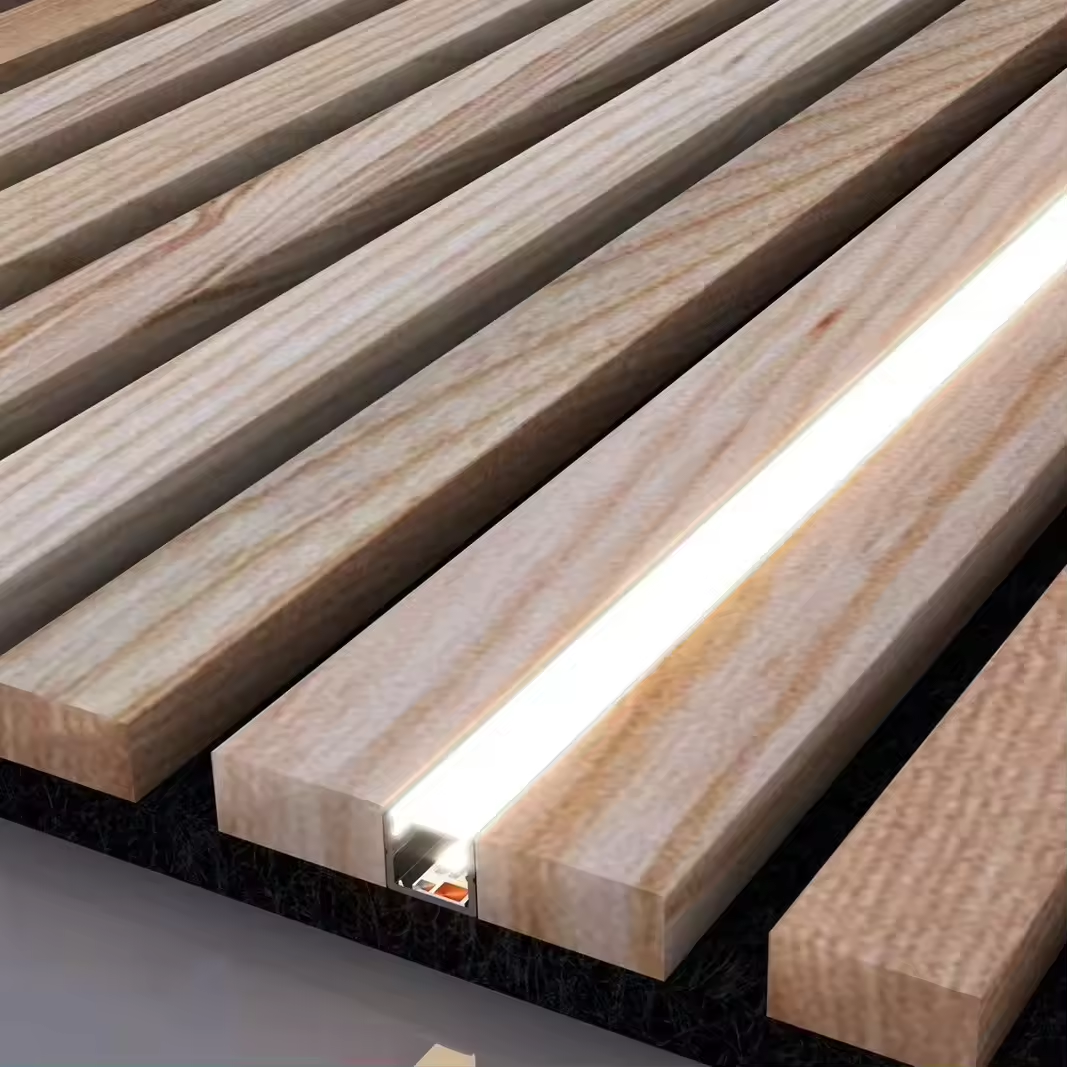- Introduction to Interior Wood Grain Wall Paneling
- Major Advantages and Data Insights
- Material Technologies and Durability Aspects
- Manufacturers Comparison Table
- Custom Solutions for Interior Wall Paneling 4x8 Paneling Sheets
- Case Studies: Application Scenarios of PVC Wood Grain Cladding
- Conclusion: Evolving Trends in Interior Wood Grain Wall Paneling

(interior wood grain wall paneling)
Introduction to Interior Wood Grain Wall Paneling
Modern interior design has evolved to reflect a balance between natural aesthetics and high-performance materials. Interior wood grain wall paneling, a popular option for both residential and commercial spaces, brings together the warmth of natural wood with the enhanced performance of engineered surfaces. As aesthetic preferences shift towards natural textures, the demand for interior paneling with realistic wood grain finishes has surged. According to Interior Material Insights 2023, over 58% of architects preferred wood grain finishes for client projects, attributing their popularity to the fusion of organic appeal and ease of maintenance. Advancements in manufacturing processes have enabled brands to create wood-grain panels that mimic natural timber remarkably well, offering sustainable, lightweight, and highly versatile solutions tailored for modern interiors.
Major Advantages and Data Insights
The use of interior wood grain wall paneling
is no longer limited to decorative value. Its popularity is driven by several tangible advantages:
- Visual Appeal: These panels authentically emulate wood species such as oak, walnut, or cherry, imparting warmth and character.
- Durability: Modern panels, especially PVC-based claddings, are resistant to moisture, termites, scratches, and warping, unlike traditional timber.
- Maintenance: According to Statista data, users of PVC wood grain cladding report 85% less maintenance compared to natural wood panel users.
- Cost Efficiency: While authentic wood paneling installation averages $18-$25 per square foot, high-quality PVC alternatives average just $7-$10 per square foot.
- Eco-friendliness: A 2022 industry report showed that recycled components in PVC wall panels have increased by 40% year-on-year, reducing environmental impact.
Material Technologies and Durability Aspects
Contemporary wood grain wall paneling is primarily manufactured using two main technologies: high-pressure laminates (HPL) and polyvinyl chloride (PVC). Each technology brings distinct advantages:
- HPL Panels: Constructed with resin-infused kraft paper and a printed wood grain decor layer, sealed under heat and pressure. HPL offers exceptional impact resistance, making it ideal for commercial applications.
- PVC Wood Grain Cladding: Utilizes an advanced co-extrusion process, resulting in seamless textures and high resistance to mildew, water, and UV rays. Such panels can outperform wood in high-humidity environments by up to 70%, as indicated by Building Technology Labs.
- 4x8 Paneling Sheets: The 4x8 dimension represents a universal standard for sheet size, offering both coverage efficiency and easy installation. Rigid core structures provide outstanding flatness and stability while reducing onsite wastage.
Durability testing across typical environments (homes, hospitals, offices) over a 5-year span demonstrates that well-manufactured PVC wood grain cladding maintains 97% of its original color and finish, compared to around 74% for natural timber under similar conditions.
Manufacturers Comparison Table
Choosing the right brand can significantly influence product performance and user satisfaction. Here's a direct comparison of leading interior wood grain wall paneling manufacturers, focusing on technology, durability, price, and sustainability metrics:
| Manufacturer | Main Material | Surface Technology | Durability (Years) | Panel Size Available | Price Range (per sq. ft.) | Recycled Content (%) |
|---|---|---|---|---|---|---|
| WoodArt Panels | HPL | RealWood Ultra-Finish | 15 | 4x8 ft, custom | $9-12 | 25 |
| PVCPanelPro | PVC | 3D Grain Co-extrusion | 20 | 4x8 ft, 2x8 ft | $7-10 | 45 |
| EcoWall Systems | PVC/HPL Hybrid | NaturalTouch Print | 18 | 4x8 ft, 4x10 ft | $8-13 | 50 |
| ClassicPanels | Engineered Wood | Laminate Overlay | 12 | 4x8 ft, custom shapes | $10-15 | 20 |
The comparison highlights the dominance of PVC wood grain cladding in overall durability, affordability, and environmental responsibility. Particularly, EcoWall Systems leads with a 50% recycled content rating, aligning with green building priorities.
Custom Solutions for Interior Wall Paneling 4x8 Paneling Sheets
Interior projects often require unique colors, grains, or dimensions to realize design ambitions. Leading manufacturers now offer comprehensive custom paneling solutions:
- Grain Direction: Panels can be fabricated with either vertical or horizontal wood grain orientation, catering to specific visual effects for height or spaciousness in a room.
- Color Library: Hundreds of finishes are available, from classic oak to contemporary dark walnut, with the ability to match Pantone or RAL codes for branding compliance.
- Acoustic Performance: For commercial spaces, panels can be specified with perforations or integrated acoustic backers, achieving up to 0.75 NRC (Noise Reduction Coefficient) in acoustic ratings.
- Size Flexibility: While 4x8 paneling sheets remain the market standard for versatility, larger or smaller dimensions can be produced on demand, reducing installation joints and material waste.
- Fire Safety: State-of-the-art options are available with Class A fire ratings, meeting stringent US and EU building codes.
According to recent procurement surveys, nearly 68% of commercial interior designers utilize custom wall paneling at least once per year, indicating its integral role in unique design outcomes.
Case Studies: Application Scenarios of PVC Wood Grain Cladding
The flexibility and performance of PVC wood grain cladding have established it as a go-to solution in both residential and commercial sectors. Here are a few real-world applications:
- Hospitality: A leading hotel group renovated all executive floors using PVC-based interior wood grain wall paneling, reducing post-installation complaints by 80%. The maintenance interval extended from 2 years with previous wood-based panels to over 5 years with PVC panels.
- Healthcare Facilities: In hospitals, the ability to resist stains and facilitate regular disinfection means PVC wall panels outperform traditional materials, maintaining color consistency after over 1000 cleaning cycles.
- Workspaces: A co-working office project utilized 4x8 paneling sheets with integrated acoustic features, which resulted in a measurable 14% improvement in speech privacy and user comfort based on post-occupancy surveys.
- Retail & Display: National retail chains benefit from the easy replacement of individual damaged panels, with downtime reduced by up to 60% compared to fixed drywall.
These examples underline how engineered paneling not only enhances appearance but also provides substantial functional benefits aligned with modern use cases.
Conclusion: Evolving Trends in Interior Wood Grain Wall Paneling
The interior wood grain wall paneling sector is at the forefront of innovative design and functional performance. The adoption of advanced technologies — especially in PVC wood grain cladding and high-fidelity print processes — has redefined market expectations. Today’s solutions offer sustainable manufacturing, impressive longevity, and the versatility demanded by the world’s top architects and designers. As custom interior wall paneling, especially 4x8 paneling sheets, continues to meet the need for quicker, cost-effective, and visually compelling renovations, it is clear that this market will only grow. Future trends point to increased use of recycled content, improved printing realism, and smart integration with building systems, further securing the position of interior wood grain wall paneling as a pillar in transformative interior environments.

(interior wood grain wall paneling)
FAQS on interior wood grain wall paneling
Q: What are the main benefits of interior wood grain wall paneling?
A: Interior wood grain wall paneling adds warmth and texture to any space, offering a natural aesthetic. It is durable, easy to install, and can hide imperfections on walls. Additionally, it enhances insulation and soundproofing in rooms.Q: How does PVC wood grain cladding compare to real wood paneling?
A: PVC wood grain cladding mimics the appearance of real wood but is more moisture-resistant and low maintenance. It's ideal for areas with high humidity or where durability is essential. Plus, it is generally more affordable and easier to clean.Q: Can I use interior wall paneling 4x8 paneling sheets in bathrooms or kitchens?
A: Yes, 4x8 paneling sheets made from moisture-resistant materials, like PVC, are suitable for bathrooms and kitchens. They handle humidity well and are easy to wipe clean. Always verify material specifications for your specific use case.Q: How do I clean and maintain interior wood grain wall panels?
A: For most wood grain wall panels, use a soft cloth with mild soap and water for regular cleaning. Avoid abrasive cleaners to maintain the finish and texture. Periodic dusting will keep your panels looking fresh.Q: Are interior wood grain wall paneling options eco-friendly?
A: Many manufacturers offer eco-friendly paneling made from recycled or sustainably sourced materials. When choosing, look for certification or product information highlighting environmental benefits. PVC and wood both have green options available depending on your preference.-
Visual Appeal and Acoustic Function of Polyester Hexagon PanelsNewsJul.18,2025
-
Textural and Color Options in Decorative Sound Reduction PanelsNewsJul.18,2025
-
How Building Acoustic Panels Improve Indoor Acoustics in Modern StructuresNewsJul.18,2025
-
How Acoustic Felt Rolls Simplify Installation in Large-Scale SpacesNewsJul.18,2025
-
Choosing the Right Pet Snuffle Mat for Anxiety ReliefNewsJul.18,2025
-
Acoustic Art Panels Merging Sound Control with Visual CreativityNewsJul.18,2025
